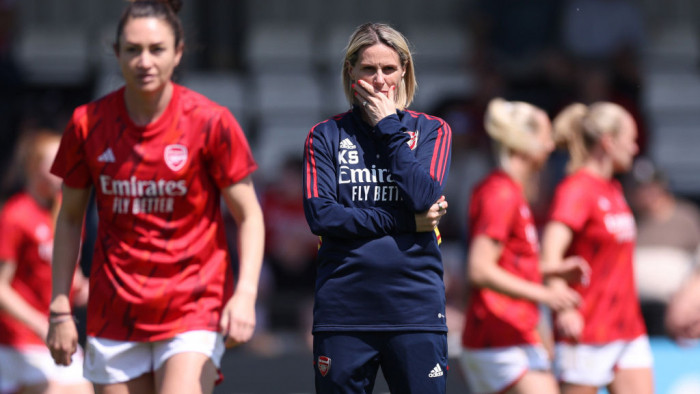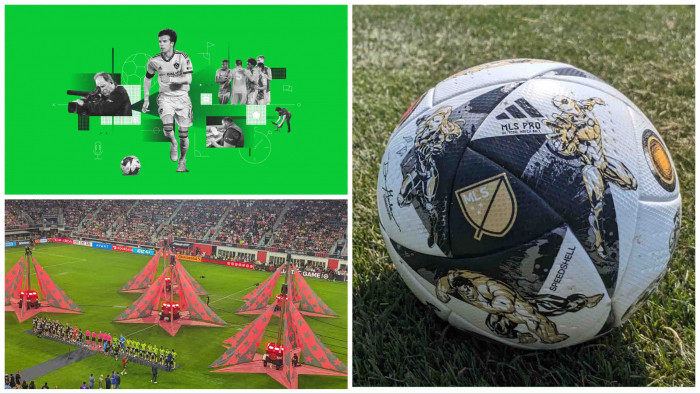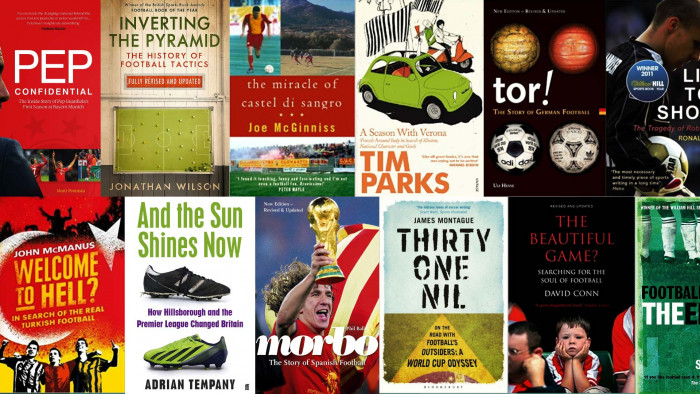In the words of Queen / I want to ride my bicycle / I want to ride my Bike / I want to ride my bicycle / I want to ride it where I like. Rules are a bit stricter in the Olympics...
Athletes: 593
Golds up for grabs: 18
Olympic presence: Track cycling and road racing for men made their debut in 1896 and cycling has been present at every Games since. Women’s road racing arrived in 1984 followed by track racing in 1988. Mountain bike was added to the Olympic programme in 1996 and BMX racing in 2008.
Olympic Format: There are four cycling disciplines: track racing on a banked indoor circuit (featuring five different events), bmx, mountain biking and road racing. The last of these is held on public roads and comprises two different events: individual time trialing and straight racing. There are men’s and women’s events in all categories.
Contenders: On the track, the British team will be the one to watch and beat. On the road, the men’s competition will feature the world’s top professional cyclists, fresh from the Tour de France. In the new classes, BMX and mountain biking, the leading riders come from France, Germany, the USA and Eastern Europe.
Past Champions: France: 40 | Italy: 32 | Great Britain: 18
Watch it: ROAD: 28 July–1 Aug 2012: start/finish The mall, TRACK: 2–7 Aug 2012: Velodrome, Olympic Park, BMX: 8–9 Aug 2012: BMX Circuit, Olympic Park, MOUNTAIN BIKE: 11–12 Aug 2012: Hadleigh Farm. Catch the BBC’s coverage of the Olympic Games across 24 dedicated channels on freesat
..........................................................................................................................................................
THE BASICS
Track Racing
Individual sprint is a two-person race over three laps of the velodrome. However, the racing rarely starts until the last lap: the previous two circuits are nearly always games of cat and mouse, with the riders staying close to each other as they seek out momentary advantage – a flicker of hesitation from an opponent is the signal to suddenly break away and sprint for the line.
The first lap must be conducted at a minimum of walking pace, but after this riders may grind to a halt, balancing on the banking like a pair of samurai poised to begin a duel. At the 1964 Tokyo Games Italy’s Giovanni Pettenella and France’s Pierre Trentin balanced motionless on their bikes for a record 21 mins 57 seconds. Team sprint has two teams of three riders racing over three laps (two riders over two laps for women), starting on opposite sides of the velodrome.
In contrast to individual sprints, the teams race in line, at full tilt from the start, with each team member having to take the lead on one of the laps before peeling off. Just one rider is left to complete the final lap. Team pursuit is contested by two teams; four riders for men, and three for women. They begin from mid-way on the velodrome’s two straights, exactly opposite each other.
The team whose third rider completes the distance first wins; alternatively, if a team manages to catch the opposition’s third rider, it wins the race instantaneously. Keiri n was invented in Japan in the late 1940s, where it rapidly became a national betting craze. Eight riders contest the eight-lap race. The first five-and-ahalf laps are led by a pace-setter on a motorcycle. The early circuits are raced at relatively leisurely 25kmh, then the pace-setter ratchets things up to 45kmh before leaving the track with around two-anda-half laps to go; then the pack races for the line.
The Omnium is track cycling’s pentathlon in which cyclists compete in a variety of races accumulating points from each of them towards their grand total. There are six races in all, held over two days. The Flying lap is a 250m time trial in which contestants race separately, but are allowed a warm-up lap to build up speed. The Points race is a gruelling 30km for men, 20km for women, with a 250m sprint every ten laps for which points are awarded, and big bonuses available for lapping opponents.
The winner is the cyclist who accumulates most points.In the Individual pursuit men race for 4km, women for 3 km; the cyclists start on opposite sides of the track and chase each other. The Scratch race is a long-distance race on the track – no sprints, no points, just first over the line; 15km for men, 10km for women. The Time trial has cyclists racing separately from a standing start, against the clock; 1km for men, 500m for women. Lastly, in the Elimination race all 24 competitors start together, with the last cyclist over the line eliminated every two laps.
Road Racing
With the loss of team competitions, the Olympics’ road racing programme has been reduced to just two events. In the Individual road race all competitors start together and race over approximately 250km of public roads for men, and 140km for women: first across the line wins. In the Time trial, the riders start 90 seconds apart, and the winner is the rider with the fastest time over a shorter course; around 44km for men and 30km for women.
Mountain Bike
The mountain bike competition is a scratch race on a semi-landscaped loop that’s around 40km long. It begins with a mass start, and first across the line wins. The final layout of the course will be decided at the last minute to take account of the weather but it is guaranteed to feature rough terrain, obstacles, sharp drops, jumps and a lot of mud.
BMX
Bmx bikes are raced on a purpose-built course. The cyclists start on a high ramp and descend into a circuit of tightcorners, bumps, banking and jumps that will take around 40 seconds to complete. All riders will race the course once by themselves to determine seeding and then compete in eightbike heats to determine the quarter-finalists. The semis and finals involve multiple races in which riders score points according to their individual places.
'Extracted from How to Watch the Olympics by David Goldblatt & Johnny Acton (Profile Books)'
(Image: Rex Features)
Latest
Related Reviews and Shortlists










